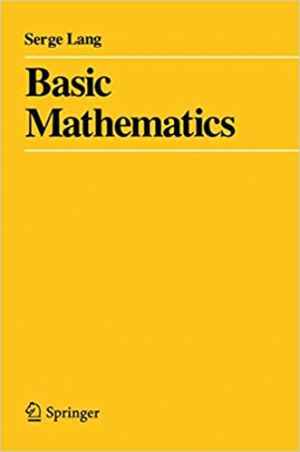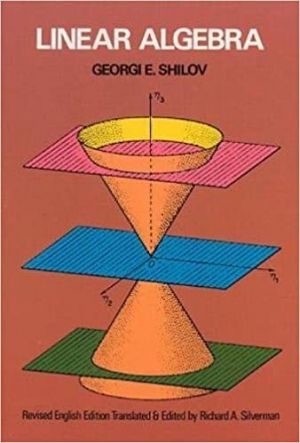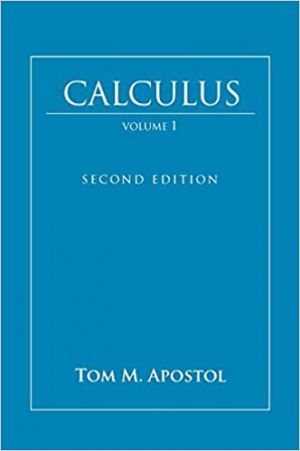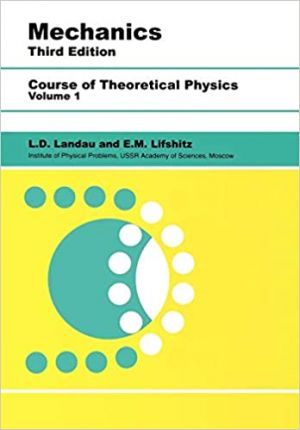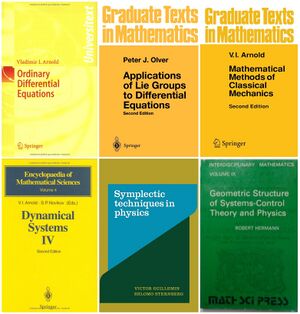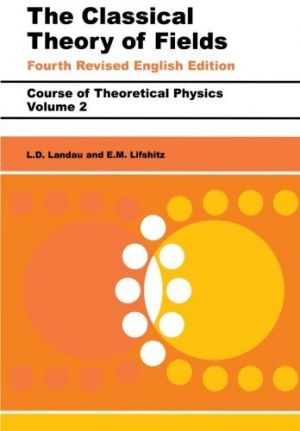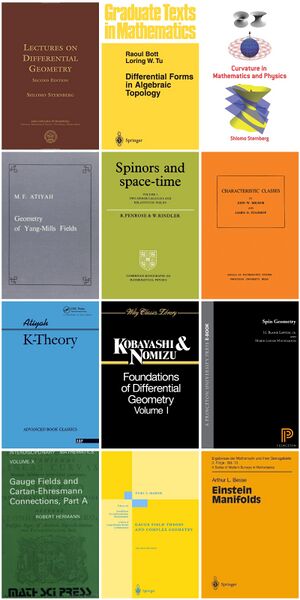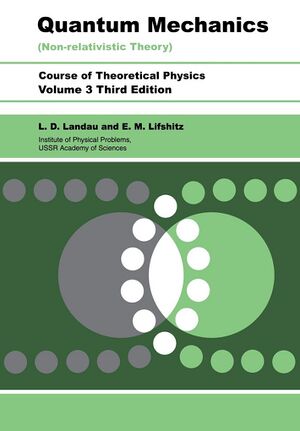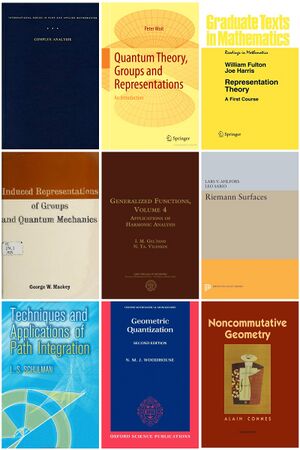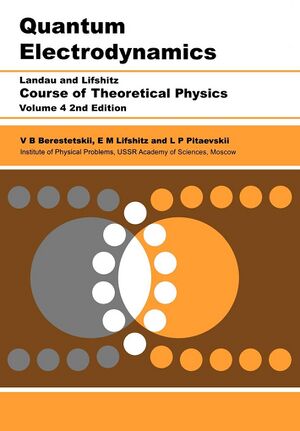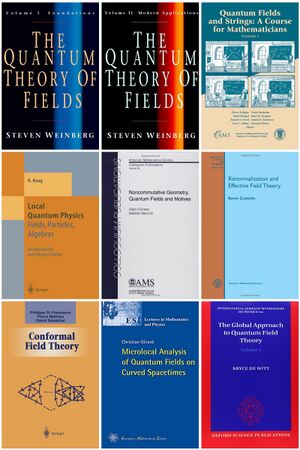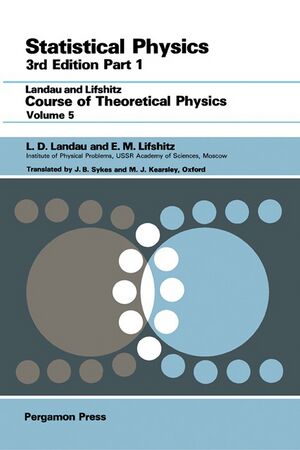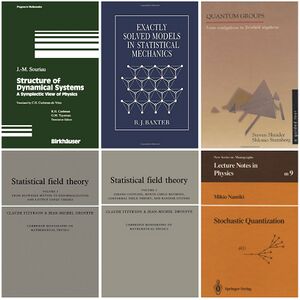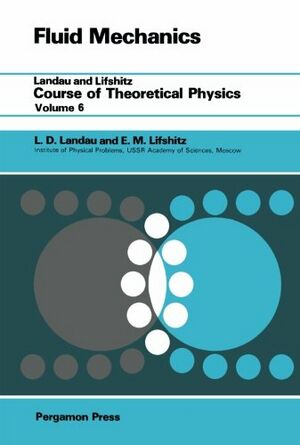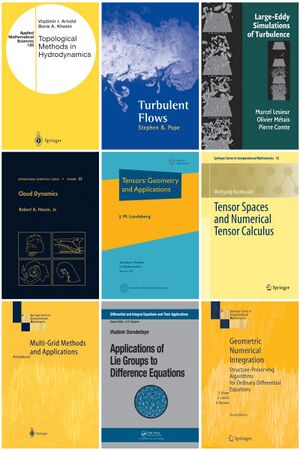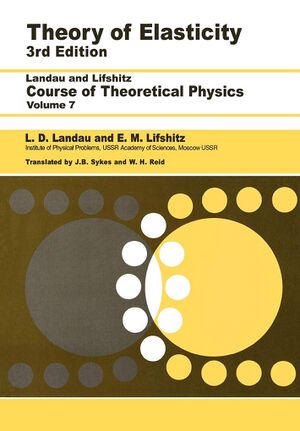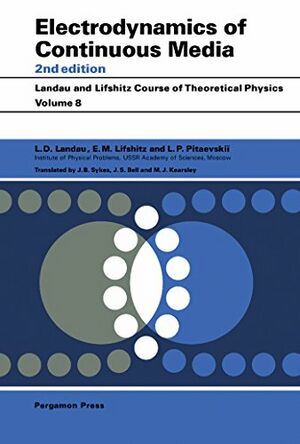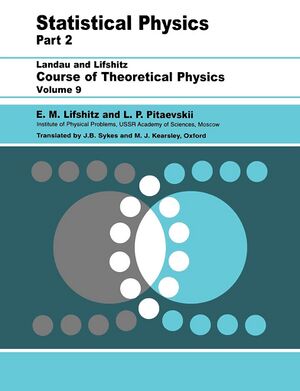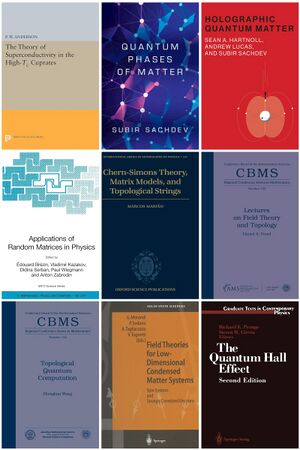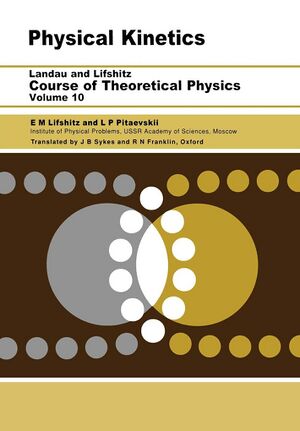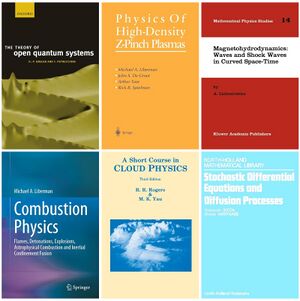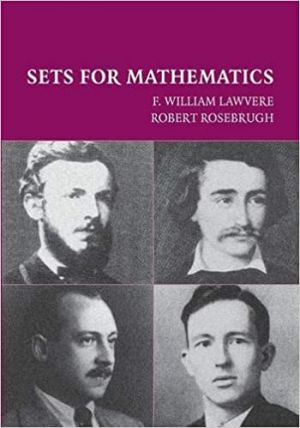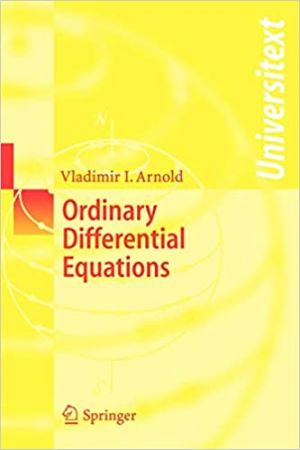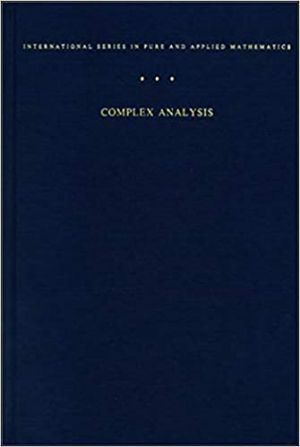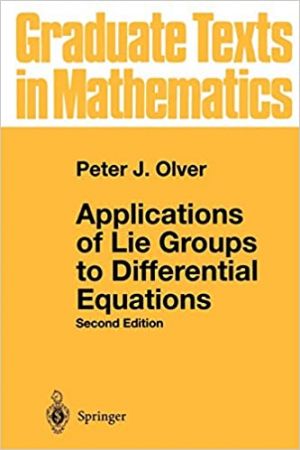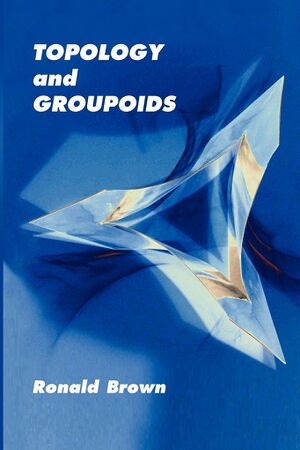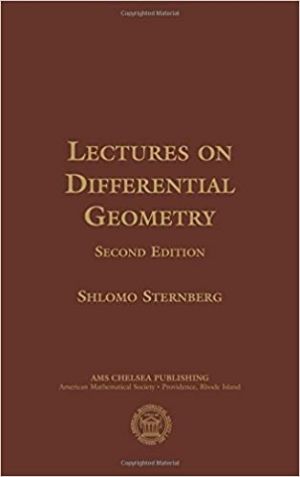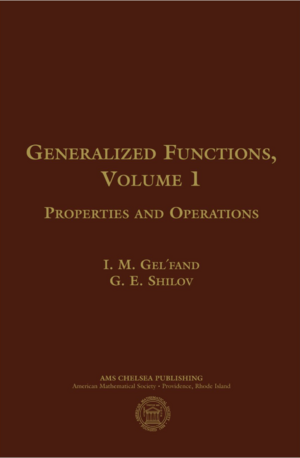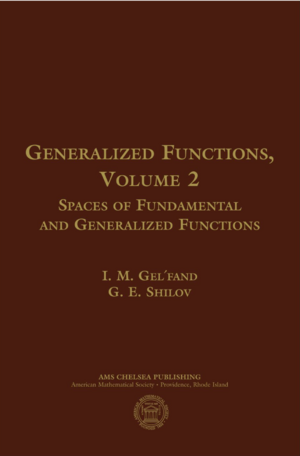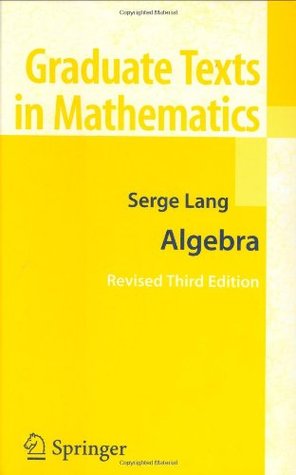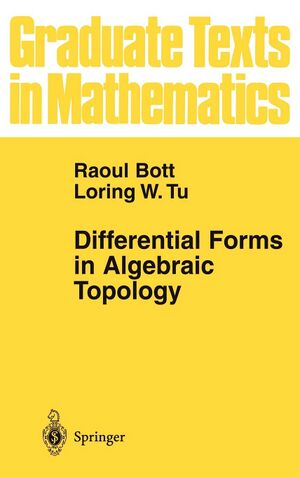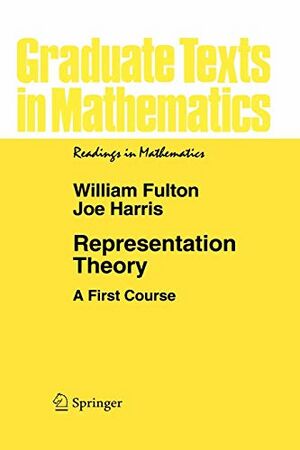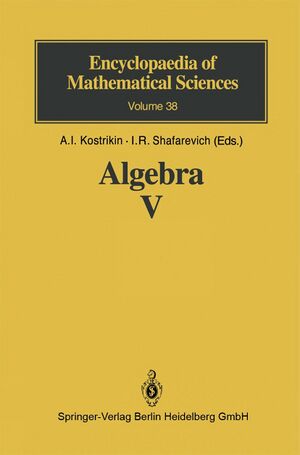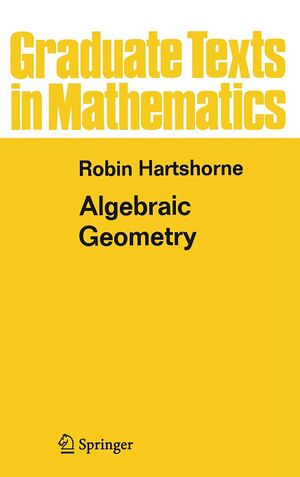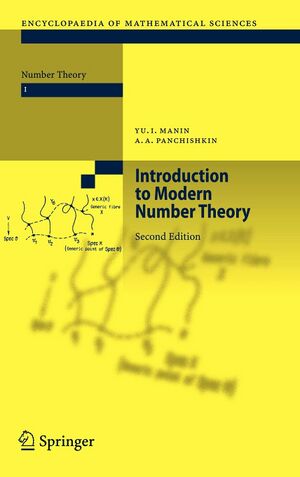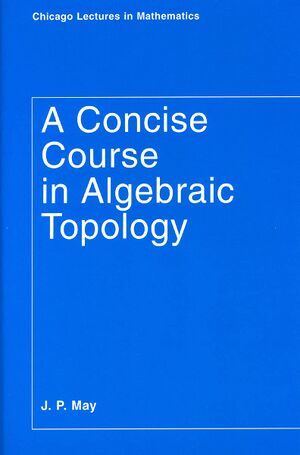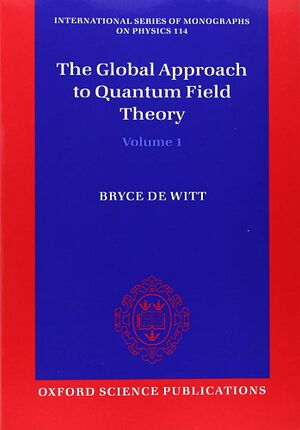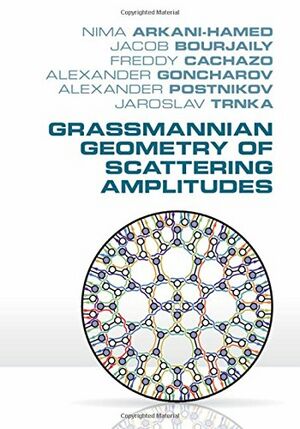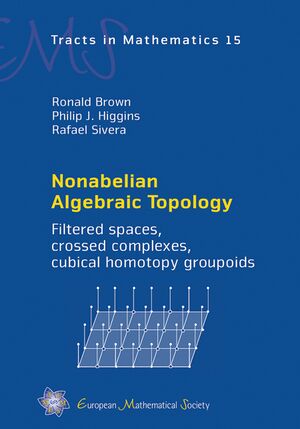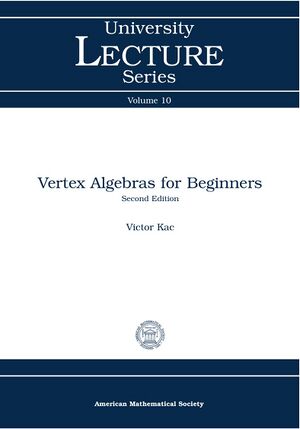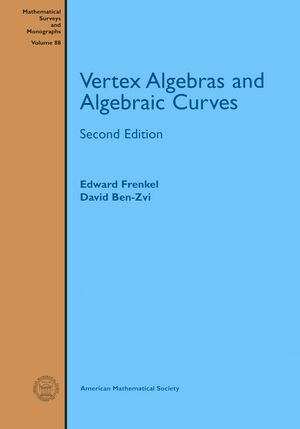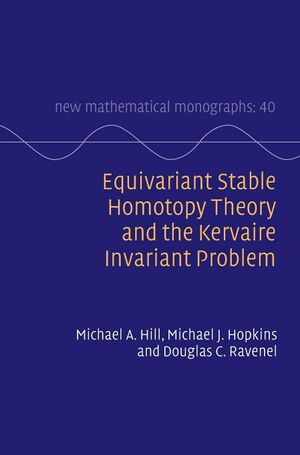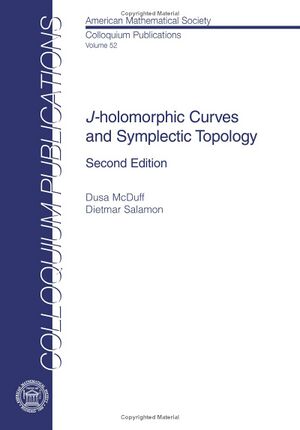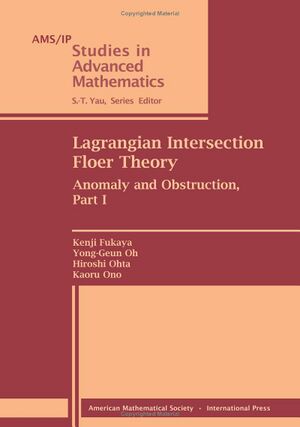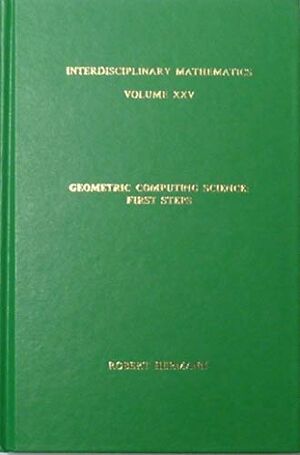Read: Difference between revisions
(→Mathematics: added symplectic peaks) |
|||
| Line 12: | Line 12: | ||
* The algebraic topology texts are not "pure" either - focusing on applications to differential or algebraic geometry, and many more. | * The algebraic topology texts are not "pure" either - focusing on applications to differential or algebraic geometry, and many more. | ||
Thus, the structure of this book list will be centered around core topics in theoretical physics which | Thus, the structure of this book list will be centered around core topics in theoretical physics which have already given direct connection to technology and reality, and the mathematics that follows from the theory rather than simply chasing popular formalisms. Future additions and pages will make an effort to connect with more project-based and experimental content, as our goal of demonstrating computational aspects (PDEs, Representation Theory, Numerical Analysis) have been fully satisfied and the supplementary material nearly completed. This pertains to our last criterion that there should be some elementary aspects in a text - showing the translation of the abstract machinery into basic computations to make the relationships with other areas even more transparent. We make no claim to complete coverage, especially since one needs to actively engage in experiment and new theoretical calculations to get further into a topic and this is a life's work. We do try to present essential mathematics and promising new directions. | ||
== Related Lists == | == Related Lists == | ||
Revision as of 21:38, 8 July 2024
The starter pack to physics and differential geometry.
Philosophy
Our point of view is that the texts typically used in physics and especially mathematics degree tracks are window dressing for the real job of being a mathematical physicist or even an engineer. Excellent texts meet a certain standard we set here; Texts should be concise to respect the reader's time and occupations, interdisciplinary, at least relating mathematical tools between areas of mathematics:
- Later volumes of Landau on emergent/less fundamental physics refer to more engineering applications and numerical analysis (vols. 5-10)
- The numerical analysis texts make an effort to discuss the geometry of tensor spaces, or preserve geometric structures in numerical integration
- Lang's algebra text contains examples and applications in geometry and number theory throughout
- Vaisman emphasizes the typically algebro-geometric method of sheaves in a differential geometry setting and to develop the theory of multiple sorts of manifolds
- We choose physics texts which connect to heavy mathematical machinery such as curvature and covariant derivatives in general relativity or symplectic/variational geometry in mechanics
- The algebraic topology texts are not "pure" either - focusing on applications to differential or algebraic geometry, and many more.
Thus, the structure of this book list will be centered around core topics in theoretical physics which have already given direct connection to technology and reality, and the mathematics that follows from the theory rather than simply chasing popular formalisms. Future additions and pages will make an effort to connect with more project-based and experimental content, as our goal of demonstrating computational aspects (PDEs, Representation Theory, Numerical Analysis) have been fully satisfied and the supplementary material nearly completed. This pertains to our last criterion that there should be some elementary aspects in a text - showing the translation of the abstract machinery into basic computations to make the relationships with other areas even more transparent. We make no claim to complete coverage, especially since one needs to actively engage in experiment and new theoretical calculations to get further into a topic and this is a life's work. We do try to present essential mathematics and promising new directions.
Related Lists
Fredric Schuller's video lectures concisely summarize various algebraic and geometric constructions that commonly appear in theoretical physics.
A related set of texts works with the same basics to lay a path through gauge field theory, quantum mechanics, algebraic geometry, and quantum field theory.
List Structure
Calculus is not in the pictured starter pack because it is found more often in high school curricula, while linear algebra (despite being core to "applied mathematics" topics such as engineering, numerical computing, and statistics) is often missing at the required level of rigor. Thus, we suggest looking at any Basic Mathematics to quickly fill in your gaps and as a source of quick and dirty computational techniques used universally.
The decalogy by Landau are the list's core. While on that track, you should start dipping into the texts listed under the Landau volumes to enhance your perspective on repeated readings. Books in the top rows are generally more basic and can be read at the same time, giving important insight into the structure of the subjects.
The General Mathematics section covers the knowledge that would be acquired in standard (but basic) graduate courses on the different areas of mathematics that later develop into modern topics, and should be developed alongside Landau.
The Aspirational section contains some of the big ideas, which may be repeated from earlier but deserve emphasis. These are the triumphs of mathematics, peaks that everyone deserves to climb.
Basic Mathematics
Landau
Mechanics
The Classical Theory of Fields
Quantum Mechanics
Quantum Electrodynamics
Statistical Physics
Fluid Mechanics
Electrodynamics of Continuous Media
Electrodynamics of Continuous Media by Landau, Lifshitz, and Pitaevskii.
Statistical Physics part 2
General Mathematics
Applications of Lie Groups to Differential Equations
Applications of Lie Groups to Differential Equations by Peter Olver.
Topology and Groupoids
Topology and Groupoids by Ronald Brown. Click here for the Open Access version.
Generalized Functions: Properties and Operations
Generalized Functions: Properties and Operations by Israel Gel'fand and Georgi Shilov.
Generalized Functions: Spaces of Fundamental and Generalized Functions
Generalized Functions: Spaces of Fundamental and Generalized Functions by Israel Gel'fand and Georgi Shilov.
Differential Forms in Algebraic Topology
Differential Forms in Algebraic Topology by Raoul Bott and Loring Tu.
Introduction to Modern Number Theory
Introduction to Modern Number Theory by Yuri Manin and Alexei Panchishkin.
Cohomology & Differential Forms
Cohomology and differential forms by Isu Vaisman. Sheaf theoretic description of the cohomology of real, complex, and foliated manifolds.
Aspirational
Here are some more awesome books.
Quantum Fields Beyond Landau
The Global Approach to Quantum Field Theory
The Global Approach to Quantum Field Theory by Bryce DeWitt.
Mathematics
Nonabelian Algebraic Topology
Nonabelian Algebraic Topology by Ronald Brown, Philip Higgins, and Rafael Sivera.
Vertex Algebras and Algebraic Curves
Vertex Algebras and Algebraic Curves by Edward Frenkel and David Ben-Zvi.
Equivariant Stable Homotopy Theory and the Kervaire Invariant Problem
Equivariant Stable Homotopy Theory and the Kervaire Invariant Problem by Michael A. Hill, Michael J. Hopkins, Douglas C. Ravenel.
J-holomorphic Curves and Symplectic Topology
J-holomorphic Curves and Symplectic Topology By Dusa McDuff and Dietmar Salamon.
Lagrangian Intersection Floer Theory: Anomaly and Obstruction
Lagrangian Intersection Floer Theory: Anomaly and Obstruction by Kenji Fukaya, Yong-Geun Oh, Hiroshi Ohta, and Kaoru Ono.
Geometric Computing Science
Geometric Computing Science, Interdisciplinary Mathematics XXV by Robert Hermann.
Honorable Mentions
The following are some other good books, which are either redundant or otherwise didn't fit into the main collection of texts.(Olver PDEs, Coxeter books to be inserted)


